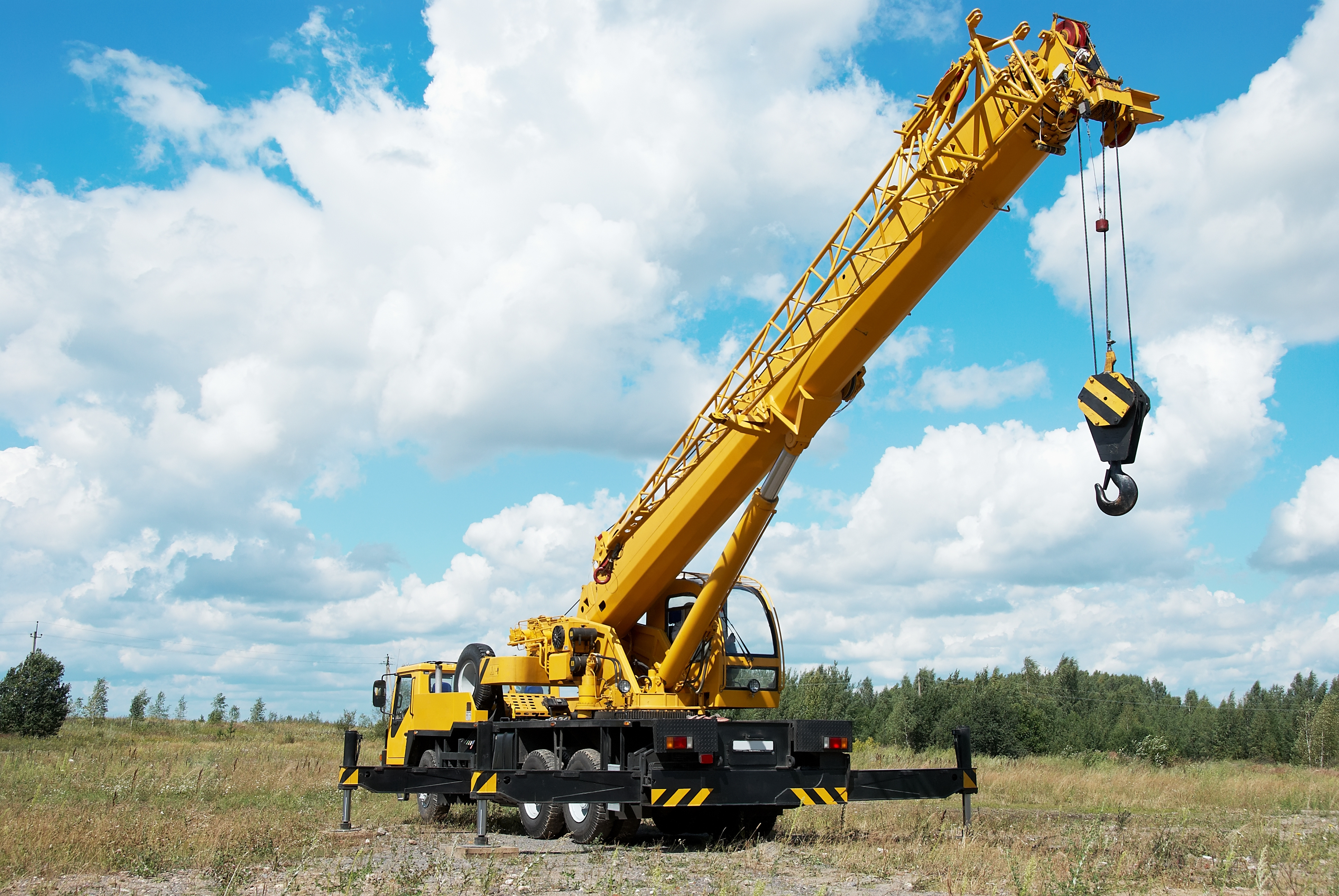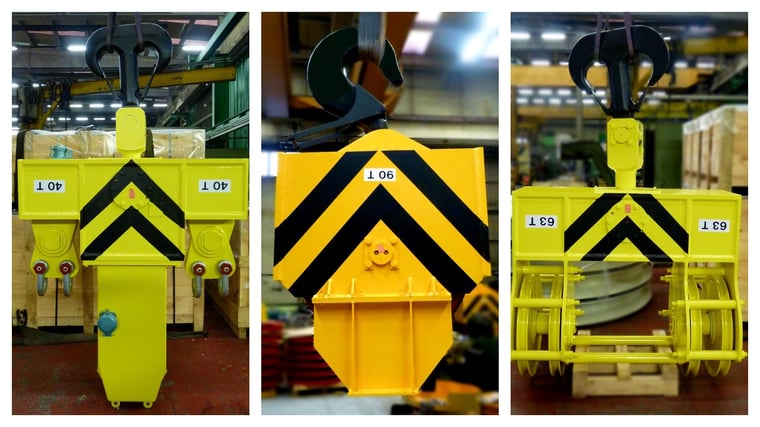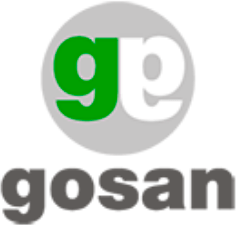
Why is lifting equipments’ safety important?
Safety is crucial for any lifting and transport machinery. Hook blocks should provide complete guarantee and meet the highest quality standards, since a safety failure may lead to severe consequences in terms of costs and workers’ exposure to risks. Therefore, lifting materials must be always designed in compliance with recognised standards, and their safety factor against breakages and yield strength should be based on those specifications.
The main areas to be taken into account to guarantee the protection of this type of industrial equipment include: compliance with FEM and DIN standards; a design suited for the lifting gear application; and ensuring that all safety devices required are in place according to use. Furthermore, a regular inspection of all components should be carried out by qualified personnel throughout the equipment life cycle.
Why a work team-based design is key?
Lifting equipment design and manufacturing need to be focused on work teams, considering the number of operation hours and the load spectrum. FEM standards set out different safety factors for hook blocks aimed at continuous operation, as opposed to those used only occasionally.
Moreover, their design should also study other points related to the job to be performed such as loads, speeds and service temperature. Designing a product without having sufficient data according to loads and product application or delivering a product suitable for lighter weights than required by the client, are possible causes of material failure.

Safety certification and tests
Lifting systems must comply with the requirements set forth in FEM / DIN standards, as well as any specific standard depending on the sector of activity they are focussed on. The following tests are recommended to guarantee hook blocks’ safety and prevent the risk of breakages:
- Materials: non-destructive tests (NDT) and destructive tests (resilience).
- Load tests: according to regulations, they may double the nominal working load.
Misuse may lead to breakages
The most frequent causes of breakages are associated with machine misuse. Possible causes leading to safety issues include:
- Overloading: when the hook block is used to lift a load which is heavier than the design load.
- Premature wear on hooks: deterioration is accelerated when the hardness of the chains exceeds the hardness of the hook.
- Blows: at some facilities, lifting systems are almost inevitably exposed to blows, which may result in crushing or breaking the sheaves safeguards, broken safety latches or any other damage regarding a safety risk.
- Lubrication: if the bearing is not properly greased, it may lock and end up breaking not only the sheaves but also the cables. This should be sufficiently lubricated to ensure correct interaction with the sheave throat.
Consequences from lifting equipment breakages
The most dangerous breakages are not directly caused by lifting equipment itself but due to components coming into contact with it, such as cables, slings or chains. This kind of damages are caused by equipment misuse, related to overloading, poor lubrication, blows or accelerated wear of components. A broken sling may cause the load to fall. Although this situation may seem unlikely, its consequences may be extremely damaging not only for workers but also for materials.
Lifting equipment maintenance safety measures
To guarantee machine safety and life cycle, hook blocks must be regularly reviewed by qualified personnel. Different inspections are necessary to monitor if all components are in good working condition and comply with specifications, including:
- Safety systems and devices
- Hooks and other load supporting devices
- Cables and fixing devices
- Safeguards
- Lifting equipment poles and fastening devices
Any component showing signs of damage or deterioration should be repaired, discarded or replaced.
In addition, all hook blocks must clearly show the marked maximum service capacity and workers should always observe that maximum load. On the other hand, parts to be lifted must be correctly packed and palletised, or secured in suitable cages and designed to be handled by cranes.
Safety considerations when working with suppliers
If we want total peace of mind regarding safety of lifting equipment, we need to work with suppliers who meet the appropriate quality requirements.
To do so, selecting manufacturers with proven technical knowledge in the different regulations in force and who are able to offer specific solutions for the different applications, is recommended. An experienced team will be able to offer products designs according to load conditions, avoiding oversizing and overloading scenarios which may lead to accelerated wear, not to mention breakages and load falling.

